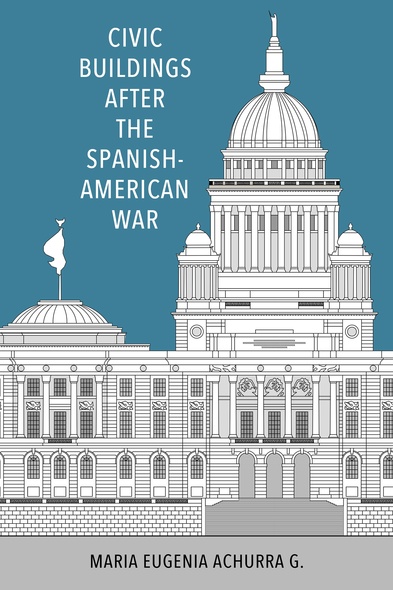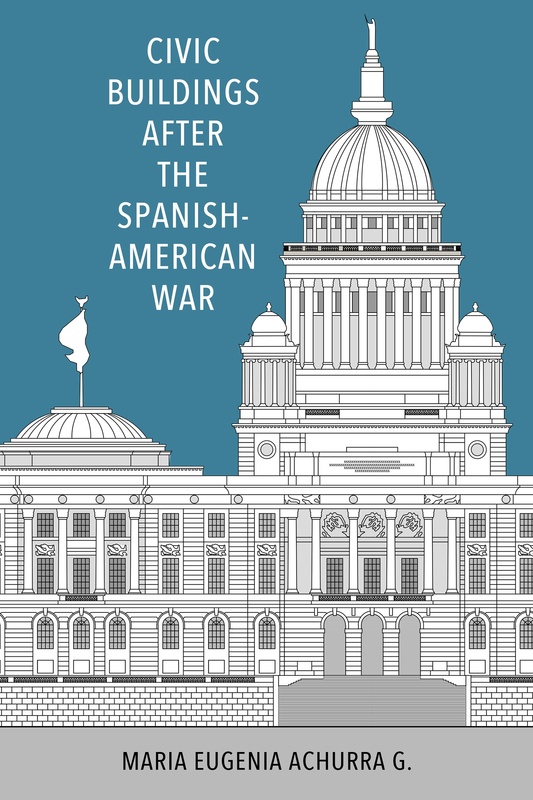
Civic Buildings after the Spanish-American War
Following the 1898 Spanish-American War, the United States constructed federal buildings in its newly acquired territories, including Cuba, Puerto Rico, and the Philippines. Over a century later, many of these grand Beaux-Arts-style edifices are still in use. In Civic Buildings after the Spanish-American War, Maria Eugenia Achurra G. examines this architecture and urban design as a backdrop for US exceptionalism and expansionism.
The book defines exceptionalism and its role in US Beaux-Arts federal architecture. Subsequent chapters compare specific examples of Beaux-Arts civic architecture in the continental US and Latin America. The book also studies architectural and urban design from other US possessions of the Progressive Era, such as the former Panama Canal Zone and occupied territories like the Dominican Republic. Reviewing the work of relevant designers and architects, Achurra G. argues that architectural examples epitomize the rich, expansionist intentions of twentieth-century Progressive America. These lingering buildings function as intriguing material evidence of the United States’ geopolitical, historical, and commercial meddling in the internal affairs of the Americas and elsewhere.
Civic Buildings after the Spanish-American War is a significant expansion of our understanding of the impact of United States colonialism on its colonies and other territories in the Caribbean and Latin America, such as Cuba, Puerto Rico, Dominican Republic, and Panama. Achurra G.’s historical research underscores the contradiction that exists in the American Beaux-Arts and the City Beautiful Movement in architecture and city planning as the manifestation of American exceptionalism and colonialism and at the same time the expression of an elusive democracy. This clearly shows that the histories of the United States, the Caribbean, and Latin America of the early twentieth century are inextricably intertwined.
Maria Eugenia Achurra G. is an architect for the US Army Corps of Engineers, Huntington District. She earned her PhD from the University of Cincinnati’s School of Architecture and Interior Design. Achurra G. is also a registered architect in her native Panama, where she obtained a bachelor of architecture degree from the University of Panama.




